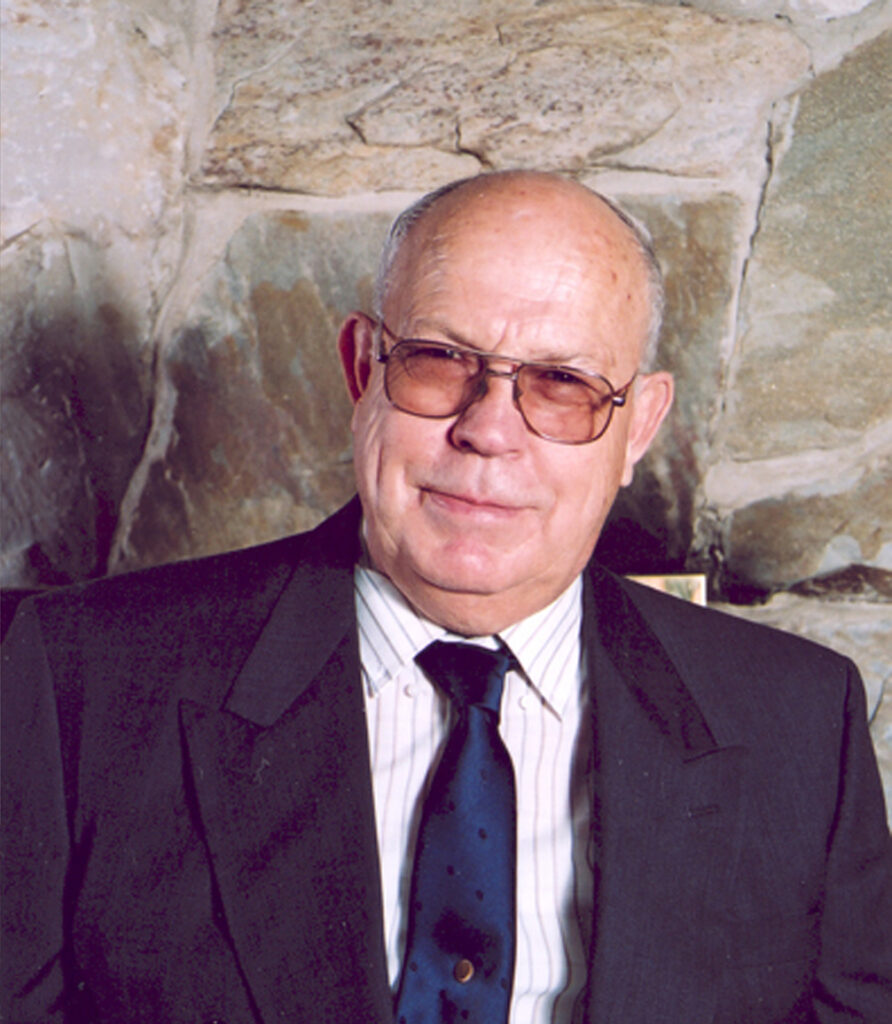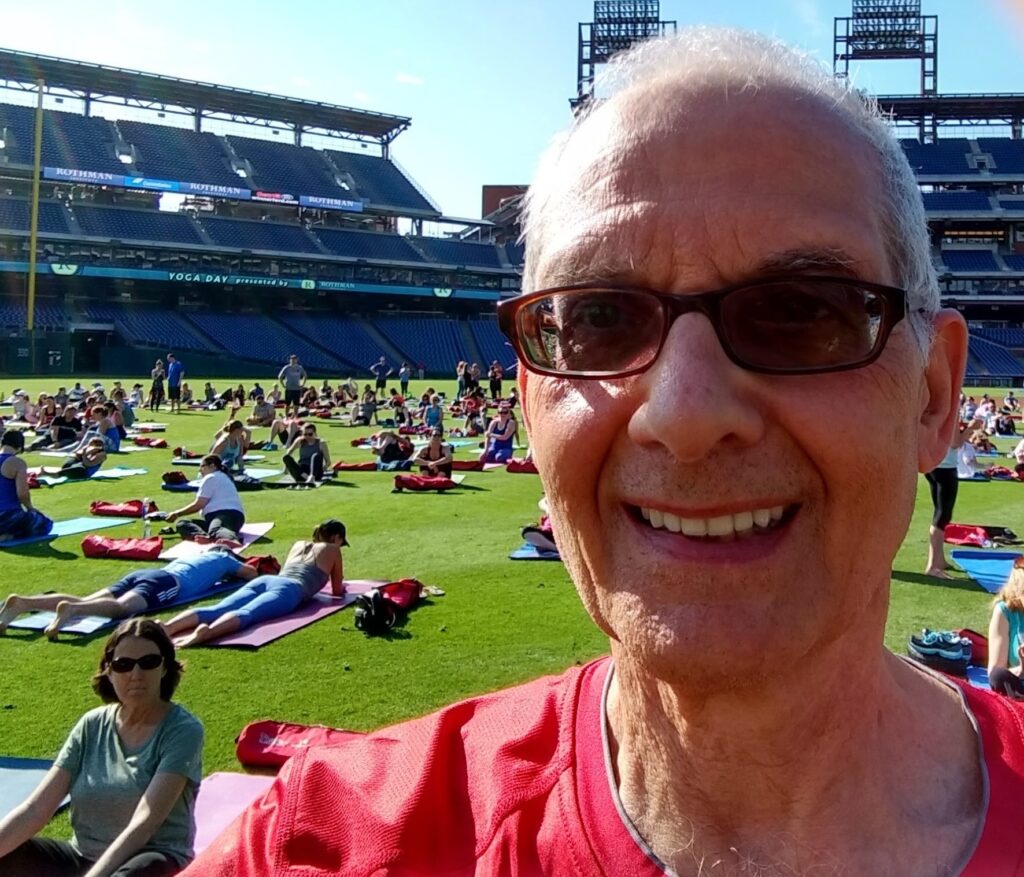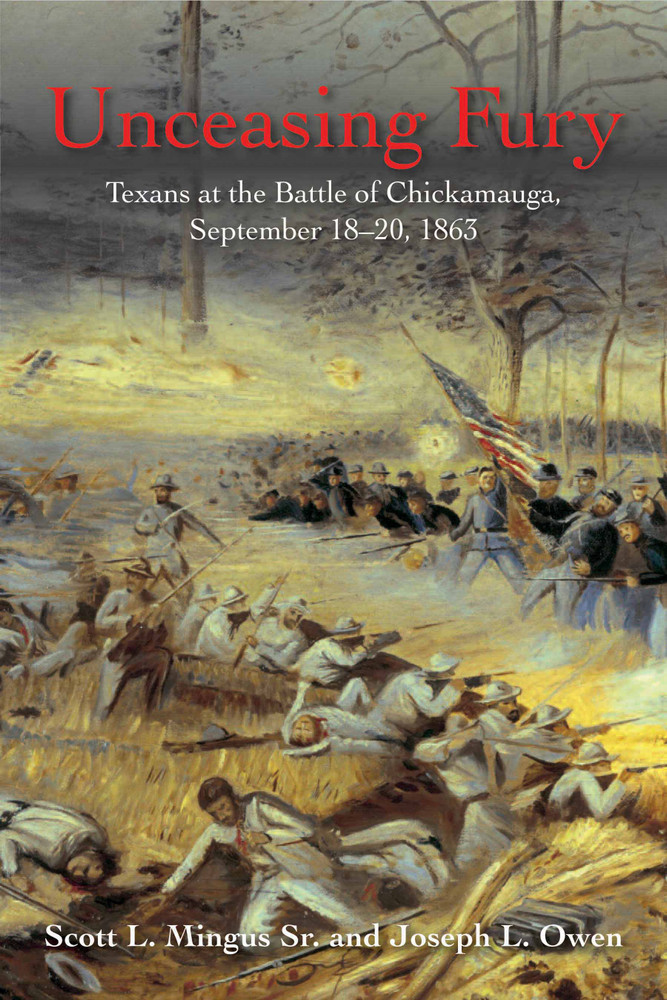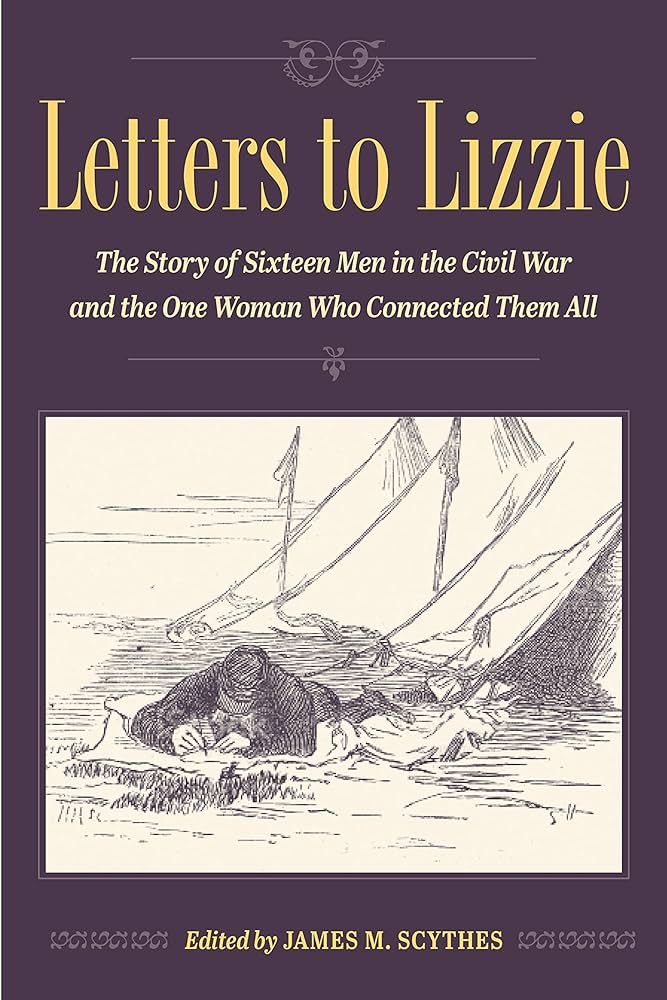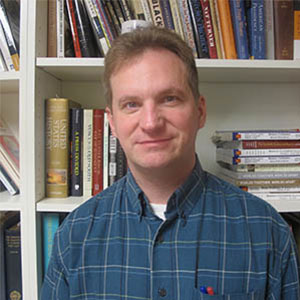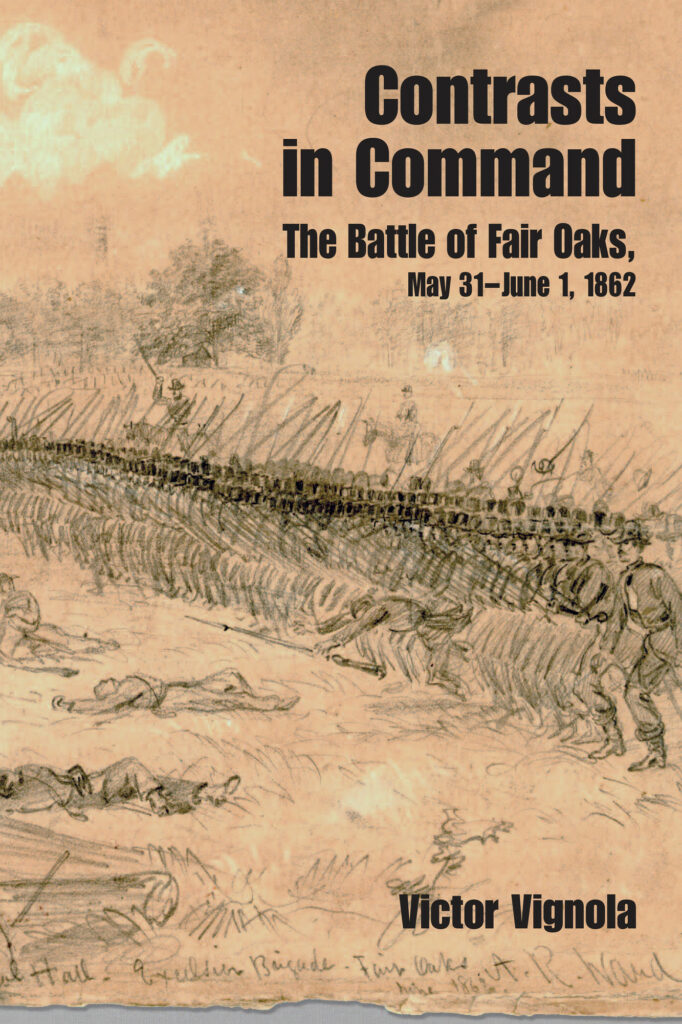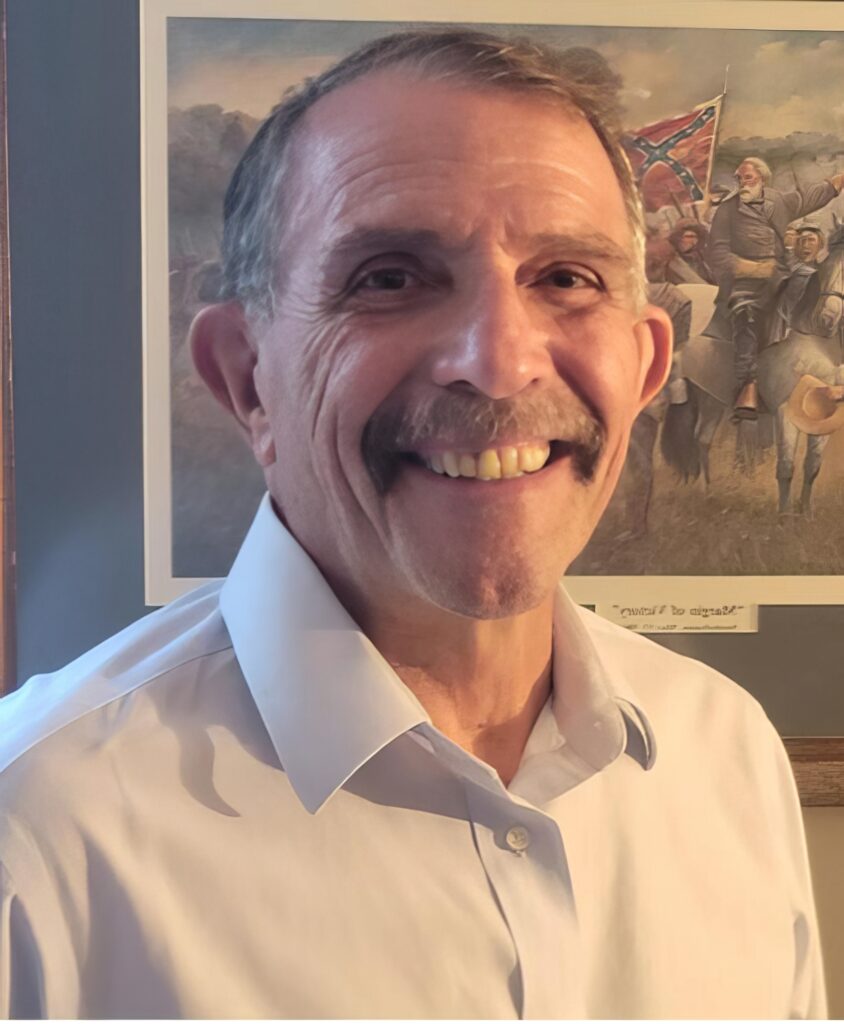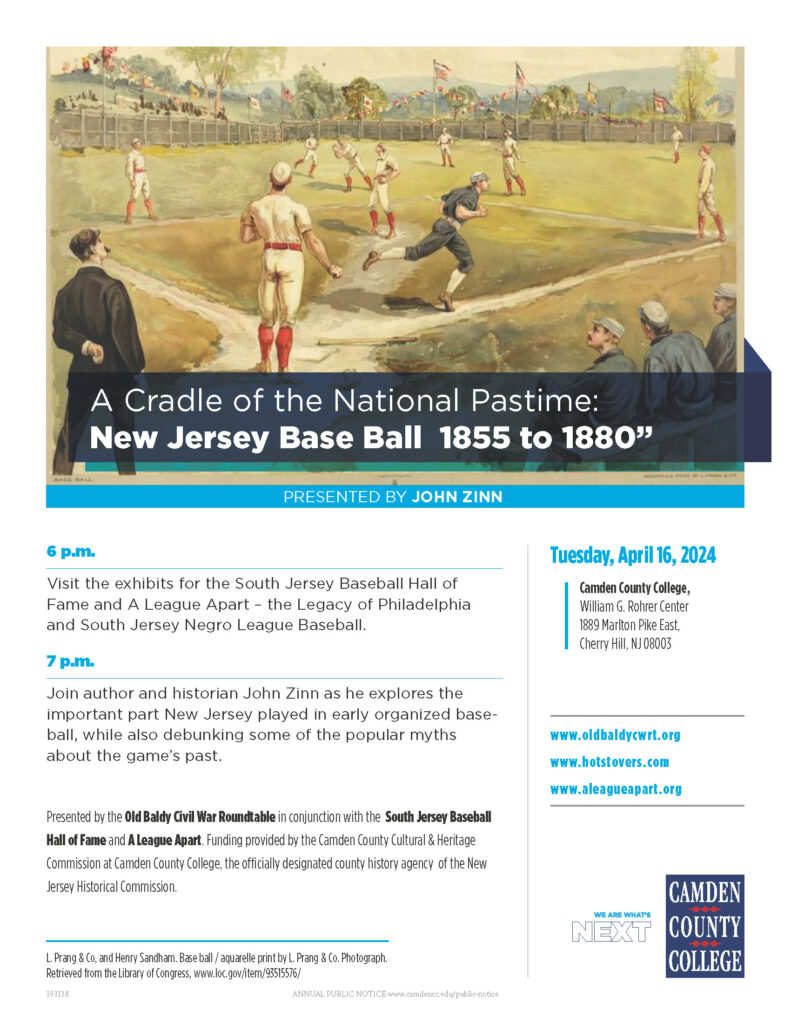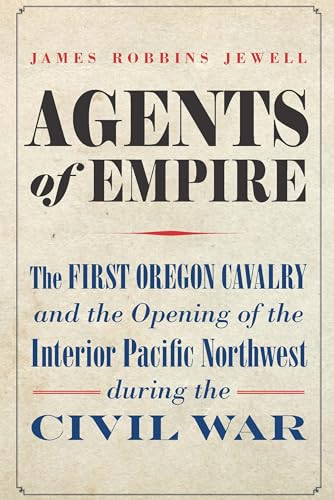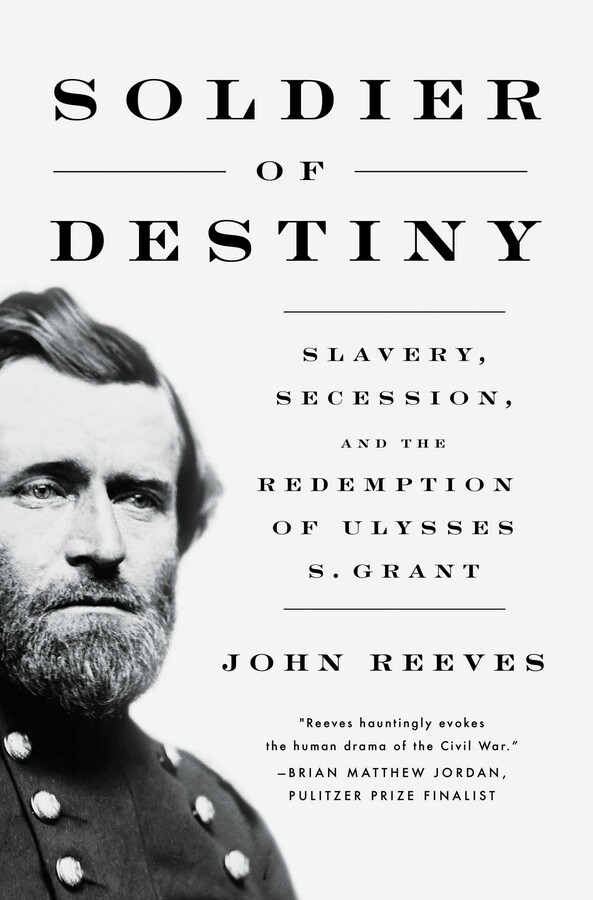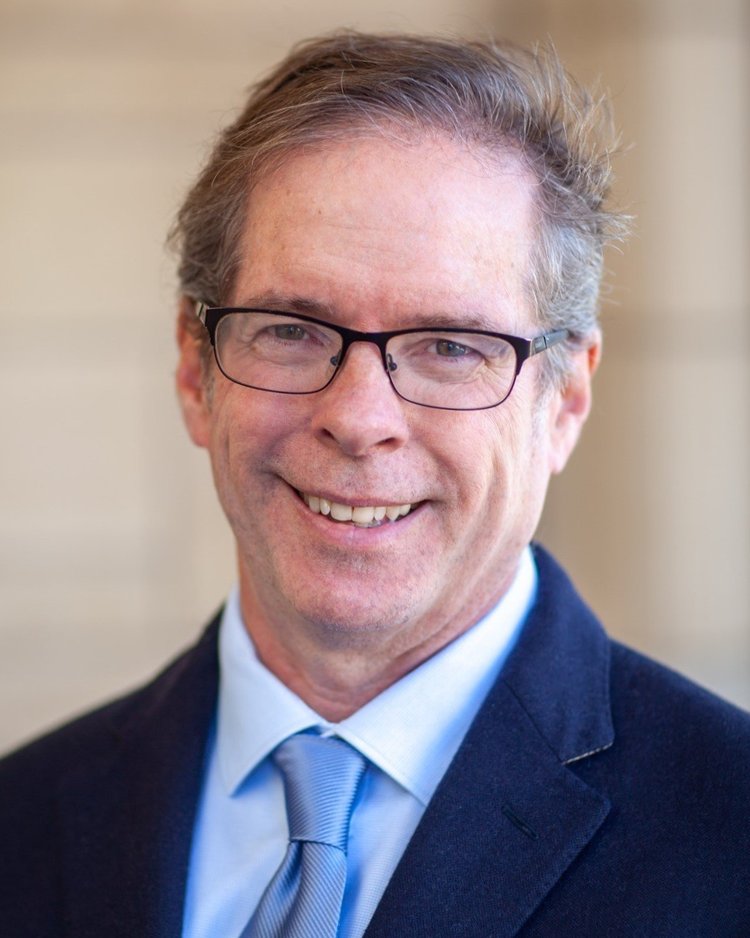Lynn Cavill grew up in Upper Darby, attending Upper Darby High School. Graduation ceremonies were held in the Tower Theater (some Old Baldy members might remember the Tower Theater from their old concert days). After graduation, Lynn went to Drexel University to study math, but left half way through to get married. She has two daughters, Alice and Sandy, and four grandchildren, two of whom are now in the U.S. Air Force.
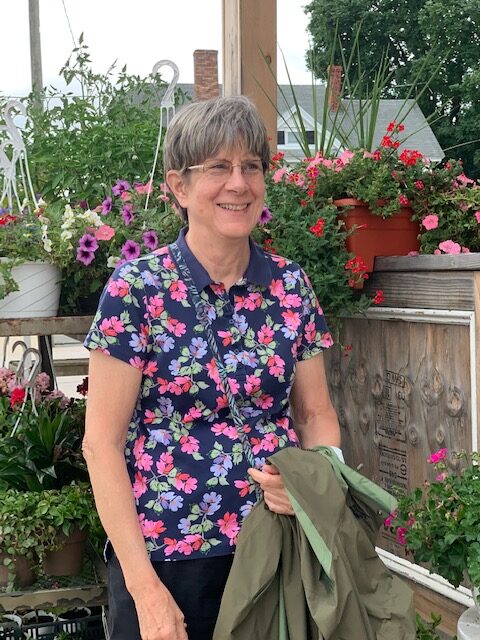
After a bit, Lynn got a job as a clerk with the U.S. Post Office. “While one piece of mail does not weigh a lot, handling 100,000 pieces of mail a day is a lot of work on your body.” This inspired Lynn to return to school and get a degree from the Community College in Philadelphia in Electronic Engineering Technology. This, in turn, helped her become an electronic technician for the Post Office, where she helped maintain the computer-operated mail processing equipment. She was the only woman doing this work at her facility and was fortunate to have good bosses during her career with the Postal Service.
One perk of her new job was that she travelled periodically to Norman, Oklahoma for training. Asked what are some of the positives about visiting Oklahoma, Lynn chuckled, “It’s not New Jersey.” But more seriously, Lynn was impressed with Oklahoma’s big sky. “You can see for miles,” she noted, though being in the plains also gets very windy. It also gave her an opportunity to see her maternal aunt and cousins, who live in eastern Oklahoma.
Travel is something Lynn really enjoys – especially her six Rick Steves’ tours. Some favorites include Paris & South France; Brussels & Amsterdam and several visits to Germany. But the trip that stands out is her journey to Normandy in 2011 with her 15-year-old grandson (now in the Air Force). She fondly recalls his hopping into trenches and pill boxes, their visit to the American Cemetery, Omaha Beach, Pointe du Hoc, Sainte Mere Eglise, and other sites. At dinner one night, her grandson ordered the special, which he happily discovered came with a glass of wine (age limits on wine and beer are more lenient in Europe).
Lynn’s hobbies include quilting, which she’s been able to focus on since her retirement a few years ago (she likes using 1850-1900 reproduction design fabrics in her quilts), and genealogy. This latter interest has led her to a couple of ancestors who fought in the Civil War. On her father’s side, she discovered her great-grandmother’s brother, Private Arnold M. Nichols, who grew up in Chester County, PA. He joined the 9-month 124th Pennsylvania Volunteer Infantry, which mustered into service in August of 1862. With less than a month of training, the 124th was sent to Antietam, where it fought near the East Woods, trading volleys with Confederate infantry in the Cornfield and supporting nearby Union artillery. They suffered 50 casualties that day. The 124th also fought at Chancellorsville before being mustered out later that month. Lynn spent many days at the Federal Building in Philadelphia, looking through rolls of microfilm to find out more about her ancestor. She discovered his 1903 petition asking the government to increase his $12/month pension. Lynn does not know if his petition was ever granted.
And on her mother’s side, she learned of her great-great-grandfather, Private George W. Goff, who fought for the South with the 8th Arkansas infantry at Shiloh before transferring to a local cavalry unit (Price’s), where he served the remainder of the war.
Lynn’s favorite Civil War site is Gettysburg where, in addition to the battlefield, she enjoys waking around the town. She noted that her visit to Gettysburg contrasted with her first visit to Antietam, which is more secluded. At Antietam, she forgot to take water with her and realized too late that there was nowhere nearby to get something to drink.
Lynn has always been interested in history, and when a friend mentioned the Old Baldy Civil War Round table to her eight and a half years ago, she joined up. And we’re glad she did.

